The mountain hydrangea (Hydrangea serrata) is a deciduous shrub renowned for its stunning summer and autumn blooms. Native to Japan and Korea, this species belongs to the Hydrangeaceae family and thrives in hardiness zones 6 through 9. Its name, derived from the Latin word for “water vessel,” refers to the unique shape of its fruit. Often grown as a houseplant, it is well-suited for borders, patios, and other outdoor spaces where its delicate flowers can be admired.
| Common name | Blood-on-the-Snow, Mountain Hydrangea, Sawtooth Hydrangea, Tea of Heaven |
| Botanical name | Hydrangea serrata |
| Family | Hydrangeaceae |
| Species | serrata |
| Origin | Japan, Korea |
| Life cycle | Woody |
| Plant type | Houseplant |
| Hardiness zone | 6, 7, 8, 9 |
| Sunlight | Dappled Sunlight |
| Maintenance | Medium |
| Soil condition | Clay |
| Soil ph | Acid |
| Drainage | Well-Drained |
| Growth rate | Medium |
| Spacing | 3 ft. – 6 ft. |
| Harvest time | Fall |
| Flowering period | Summer |
| Height | 2 ft. – 4 ft. |
| Flower color | Blue |
| Leaf color | Green |
| Fruit type | Capsule |
| Flower benefit | Good Dried |
| Garden style | Asian Garden |
| Uses | Container |
| Toxicity | Poisonous |
I. Appearance and Characteristics
Hydrangea serrata is a species of flowering plant in the family Hydrangeaceae, native to mountainous regions of Korea and Japan. Common names include mountain hydrangea and tea of heaven.
Considerable difficulties exist in the nomenclature for H. serrata and closely associated hydrangeas. It is treated here as an individual species in accordance with van Gelderen and van Gelderen. Many botanists, however, view it as no more than a subspecies of H. macrophylla.
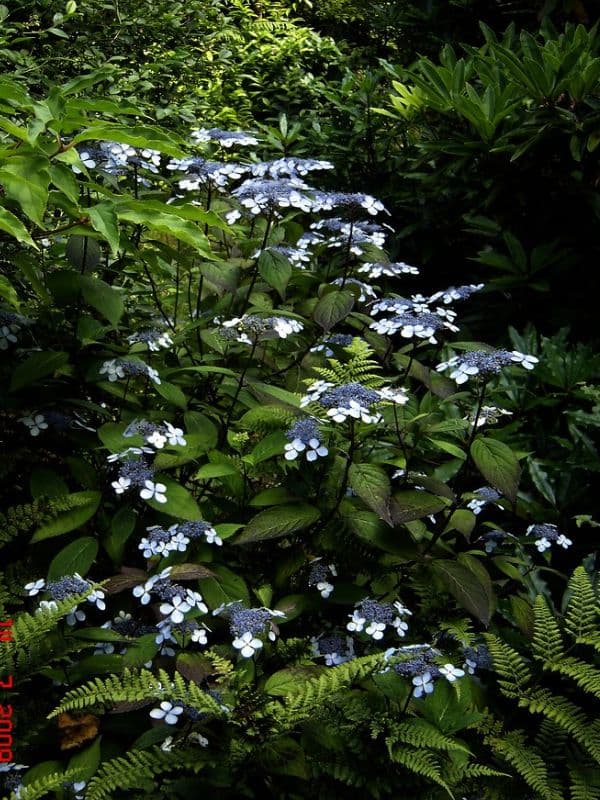
Hydrangea serrata is similar to H. macrophylla except it is a smaller, more compact shrub with smaller flowers and leaves; it is also more hardy. With a rounded habit, it features dark green, serrated (toothed), ovate leaves to 15 cm (6 in) long, and clusters of long-blooming blue or pink lacy flowerheads in mid- to late summer. Both showy sterile florets and less showy fertile florets appear in each cluster. The flowers are perfect, having both male and female parts; they are insect-pollinated.
Hydrangea serrata is best grown in rich, medium moisture, well-drained soils in partial shade. It tolerates full sun only if grown with consistently moist soils. Soil pH affects the flower color in the same manner as it does with H. macrophylla — namely, bluish in highly acidic soils and lilac to pink in slightly acidic to alkaline soils. Limited colour change can be achieved with pink and blue varieties on neutral soils by the careful use of soil additives.
The flowers occur on old wood, and little pruning is needed. It may be pruned after flowering by cutting back flowering stems to a pair of healthy buds. Weak or winter-damaged stems can be pruned in early spring.
It is winter hardy to USDA Zone 6, and it can be grown in USDA Zone 5 with protection (e.g., mulch and burlap wrap). It may lose significant numbers of flower buds or die to the ground in harsh winters, impairing or decimating the bloom for the coming year. Plants are hardy to about −13 °F (−25 °C) when dormant, but the young growth in spring can be killed by late frosts.
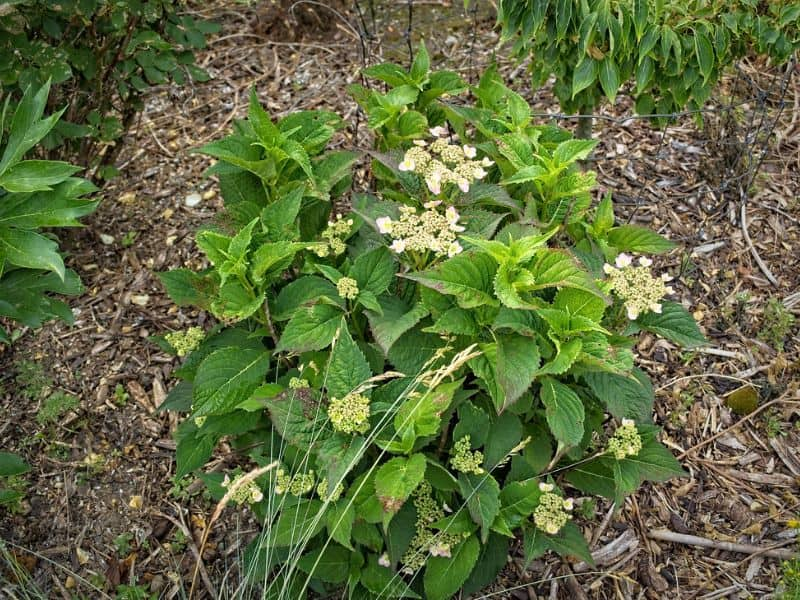
Hydrangea serrata makes a good specimen or accent plant for protected locations near homes or patios. It can be grown as a low hedge, and it is quite wind tolerant.
II. How to Grow and Care
Sunlight
The native environment of mountain hydrangea is under sparse forest, so it is adaptable to partial shade. Too little sunlight will reduce the flower number or even produce no flowers, and too much sunlight may cause sunburn to flowers.
In gardens, the best place to plant mountain hydrangea is a place where it can fully receive the morning sunlight while being partially shaded in the afternoon. The colder the climate, the longer sunlight exposure is needed. In the coldest hardiness zone, it requires at least 6 hours of sunlight a day. In the warm areas where it is best adapted, 3 hours of sunlight a day is enough.
Temperature
Mountain hydrangea likes cool and moist environments with relatively small seasonal and day-night temperature differences. The best temperature for it is 18 to 29 ℃ and winter temperatures should not be lower than -1 ℃. The differentiation of flower buds requires temperatures of 4 to 7 ℃ for 6-8 weeks. Blooming can be promoted under 19 ℃.
The flowers fade faster under high temperatures above 30 ℃. Mountain hydrangea has relatively strict requirements for soil, which should be moist, permeable, and free of accumulated water.
Watering
Originating from the moist and shaded woodlands, mountain hydrangea thrives in consistently humid conditions, showing a preference for well-hydrated soil without being waterlogged. Its drought tolerance is low; thus, maintaining a steady moisture level is crucial. The ideal watering schedule for mountain hydrangea involves watering every week to mimic its natural habitat’s regular rainfall patterns.
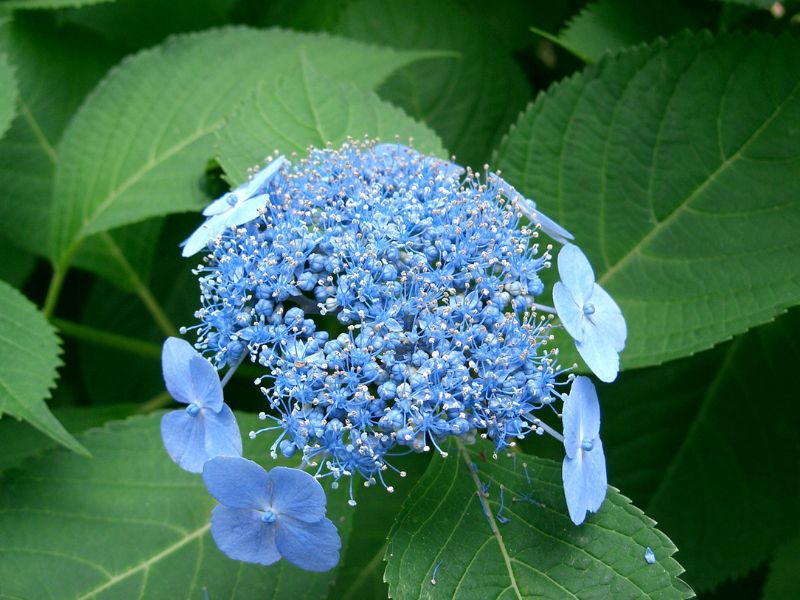
As an outdoor plant often subjected to varying weather conditions, mountain hydrangea’s ability to bloom prolifically is significantly influenced by adequate hydration during its growing season.
Soil
Pick a spot with rich, well-drained soil. Aside from this, they aren’t fussy, but soil pH does impact bloom color. Strongly acidic soils produce blue flowers, while mildly acidic or alkaline ones result in pinker shades. Add a little aluminum sulfate to the soil to produce slightly bluer shades. Amending with lime will encourage pinker shades.
Because these shrubs like fertile conditions and consistent moisture, add some organic matter to the soil in the spring and layer a few inches of mulch around the base of the plant (taking care not to mulch up the stems).
Fertilizing
While you don’t want to go overboard with feeding, fertilizing your Hydrangea serrata during the growing season boosts growth and healthy bloom production.
Applying a balanced fertilizer in early spring, alongside amending the soil with organic matter, should be enough to see you through the season. Don’t apply any fertilizer in late summer. You don’t want to encourage late new growth, which hard winter frosts can kill off.
Steer clear of fertilizers high in nitrogen as this focuses energy on foliage growth rather than bloom production. Selecting a higher phosphorus bloom-boosting fertilizer with a 10-20-10 NPK encourages more abundant flowers.
Pruning
Hydrangeas pruning methods can be divided into two types, based on their different blossoming modes.
The first pruning method is suitable for bigleaf hydrangea (excluding ‘Endless Summer’, a variety that blooms on both old and new branches) and oakleaf hydrangea. These two hydrangeas bloom on old branches and have relatively strict requirements on pruning time, usually only in early summer, and no later than late summer.
In late spring, they are blooming or going to bloom, and flower buds start to form or develop from late summer to the following spring. Daily pruning is required to cut off withered flowers and dead, weak, and inward-growing branches.
These hydrangeas have a distinctive feature: new branches will form on two buds adjacent to a cut. Buds that are lower then become almost undeveloped or grow poorly due to the lack of apical dominance. Therefore, pay attention to whether there are buds under the cut, as well as the height of branches and directions of buds. They have opposite branches, so the directions of reserved buds should be decided by the specific shape of the plant.
Additionally, when plants are too large, they can be pruned heavily in summer. The part above the ground should be kept at about 15 cm high. This way, there will be a new, small plant at the end of the year, and it will not affect blooming next year.
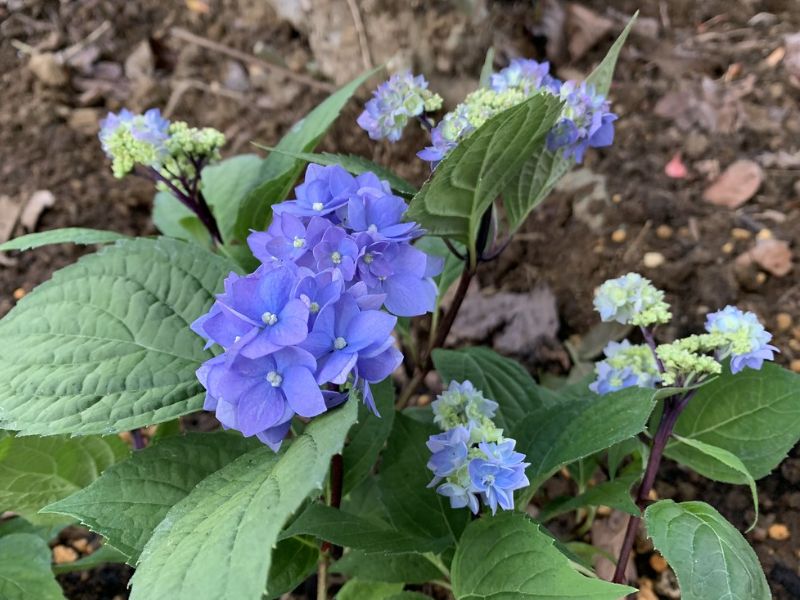
The new branches of ‘Endless Summer’ bigleaf hydrangeas will bloom. Therefore, there are no strict requirements on pruning time; just avoid pruning in spring when buds are formed. Pruning during the rest of the year does not affect flowering, and plants are usually pruned in winter after the leaves fall.
The second pruning method is suitable for smooth hydrangea and panicle hydrangea. These two hydrangeas bloom on new branches grown that year, so there is a large window for pruning. Blooming will not be affected by pruning in all seasons except during spring budding. The only existing smooth hydrangea is the Annabelle series. After its leaves fall in winter, the parts of Annabelle above the ground can be completely cut off.
However, this results in one disadvantage: the flowerhead of smooth hydrangea is very large and attaches to the annual branch, which is top-heavy, so support is required. Therefore, several main branches and primary side branches should be specially trained during pruning to prevent lodging during blooming.
Propagation
Because most mountain hydrangeas are cultivars, growing from seed won’t produce a true to type plant. So propagating your hydrangea from softwood stem cuttings is recommended. Before doing this, check the cultivar is a non-trademarked variety, or you risk infringing copyright law.
Follow these steps for a chance of success:
- Start the process in early summer to give the cutting ample time to root before planting in the fall.
- Cut off a healthy stem tip (around 6 to 8 inches long) with sharp, sterile pruning shears or a knife.
- Select a stem without any growing blooms but with at least one node (a knobby growth line running across the stem). Leave around 2 inches of stem below the node.
- Take the leaves off the bottom half of the cutting, leaving two to four on the top half.
- Dip the cut stem end in rooting hormone.
- Use a small pot with a sterile potting mix and put a small hole in the center to insert the cutting, ensuring you bury the node under the soil. Pat the soil down.
- Select a warm location with bright but indirect sunlight and keep the soil moist but not waterlogged.
- Putting a loose but secure clear plastic bag over the cutting can help to retain moisture and promote growth.
- Check moisture levels regularly and water when the top of the soil begins to get dry to the touch.
- New roots should form within a month, and you can transplant well-developed cuttings outside in the fall.
Repotting
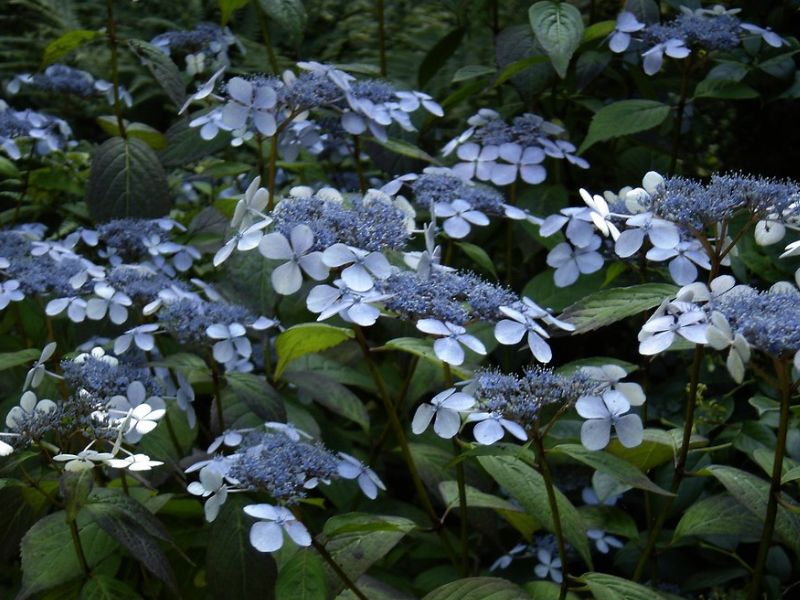
Repotting ‘mountain hydrangea’ is essential every 2-3 years for sustaining its compact, bushy growth. Spring, post-dormancy, is ideal to repot, coinciding with active growth. Choose a slightly larger pot to avoid root-binding without overwhelming the root system. After repotting, ensure bright, indirect light and consistent moisture while avoiding saturation for robust recovery. Friendly reminder: gentle care is key to ‘mountain hydrangea’ flourishing in its new home.
Overwintering
This is one of the hardier hydrangea varieties, but if you expect late frosts, use a layer of burlap to wrap the plant and fill the inside space with straw. This provides additional protection, reducing the risk of dieback and promoting consistent blooming the following summer.. Some other hydrangea winter care tips include planting the shrub near a heat retaining wall and away from harsh winds, and generously mulching around the plant base.
Pests and Diseases
Common Pests and Plant Diseases
Mountain hydrangeas aren’t particularly susceptible to major pests or diseases. However, it’s worth keeping an eye out for aphids, bacterial wilt, and leaf spot. These shrubs are also more prone to powdery mildew than Hydrangea macrophylla because their leaves aren’t as thick.
Common Problems
Part of the popularity of hydrangea shrubs is they are fairly easy to maintain. However, there are a few signs that indicate developing problems.
Yellowing Leaves
Yellowing leaves can be an indication of a few different issues. Examine whether you’re offering your mountain hydrangea too much or too little water or if you’re over-fertilizing it.
Drooping Leaves
If you’re leaves droop during the day but then perk up again after dusk; there’s no need to panic. This is a built-in protective measure the shrubs have in hot weather. If they don’t perk up, it’s often a sign you’re not providing enough water. Remember to water deeply when the top few inches of soil are dry.
Browning Tips
Although fertilizing can help your plant produce abundant healthy blooms, going overboard can result in the tips of the foliage scorching, as can too much intense, direct sunlight. If you’re adding aluminum sulfate to change the color of your hydrangeas blooms, take care not to add too much too soon, as this can also scorch the tips of the leaves.
III. Harvesting and Storage
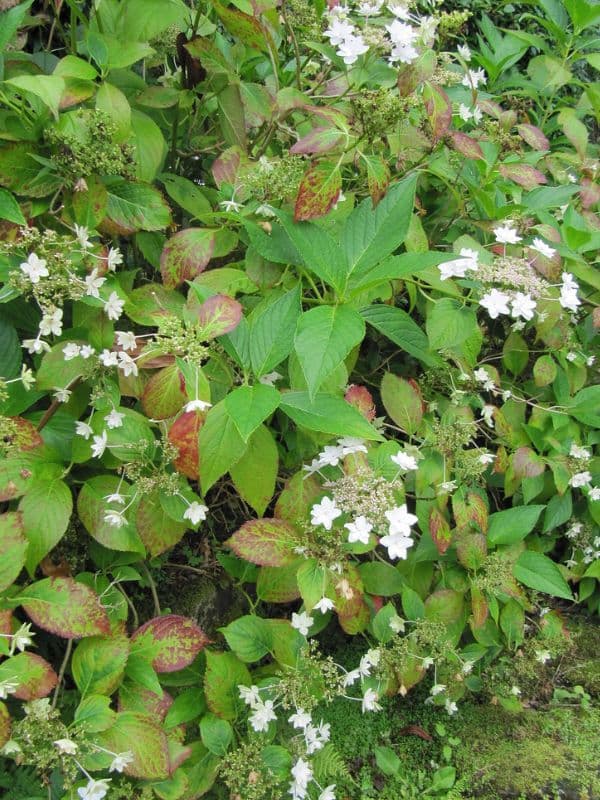
Mountain hydrangea inflorescences can be divided into two categories according to their shapes: Lacecap and Mophead. Both can be used as cut flowers. The inflorescences can be cut with sharp scissors as soon as they fully bloom. The best time to pick flowers is early morning, which helps avoid the effects of evaporation. The stem should be cut at a 45-degree angle and soaked in cool water as soon as possible to prevent moisture loss.
IV. Types of Hydrangea Serrata
Most mountain hydrangeas are lacecap form (featuring flat bloom caps with edges of larger, showy flowers), but some cultivars have the traditional large globe mophead form. Even though this isn’t the most well-known hydrangea species, there are still several cultivars to choose from. These include:
- Hydrangea serrata ‘Blue Bird’: A compact shrub with delicate lacecap flowers ranging from light blue to pale pink, depending on the soil pH. Popular for their long bloom season, flowers appear from early summer to early fall. The leaves turn a striking red in the fall, providing additional seasonal interest.
- Hydrangea serrata ‘Tiny Tiny Stuff’: Perfect for small patios, this particularly compact mountain hydrangea cultivar (reaching 24 inches height maximum) is also very cold hardy and produces long flowering, bright blooms.
- Hydrangea serrata ‘Pink Dynamo’: Eye-catching upright lacecap variety with striking pink flowers, white central accents, and red stems.
Find Where to Buy the Best Mountain Hydrangea (Hydrangea serrata)


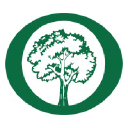
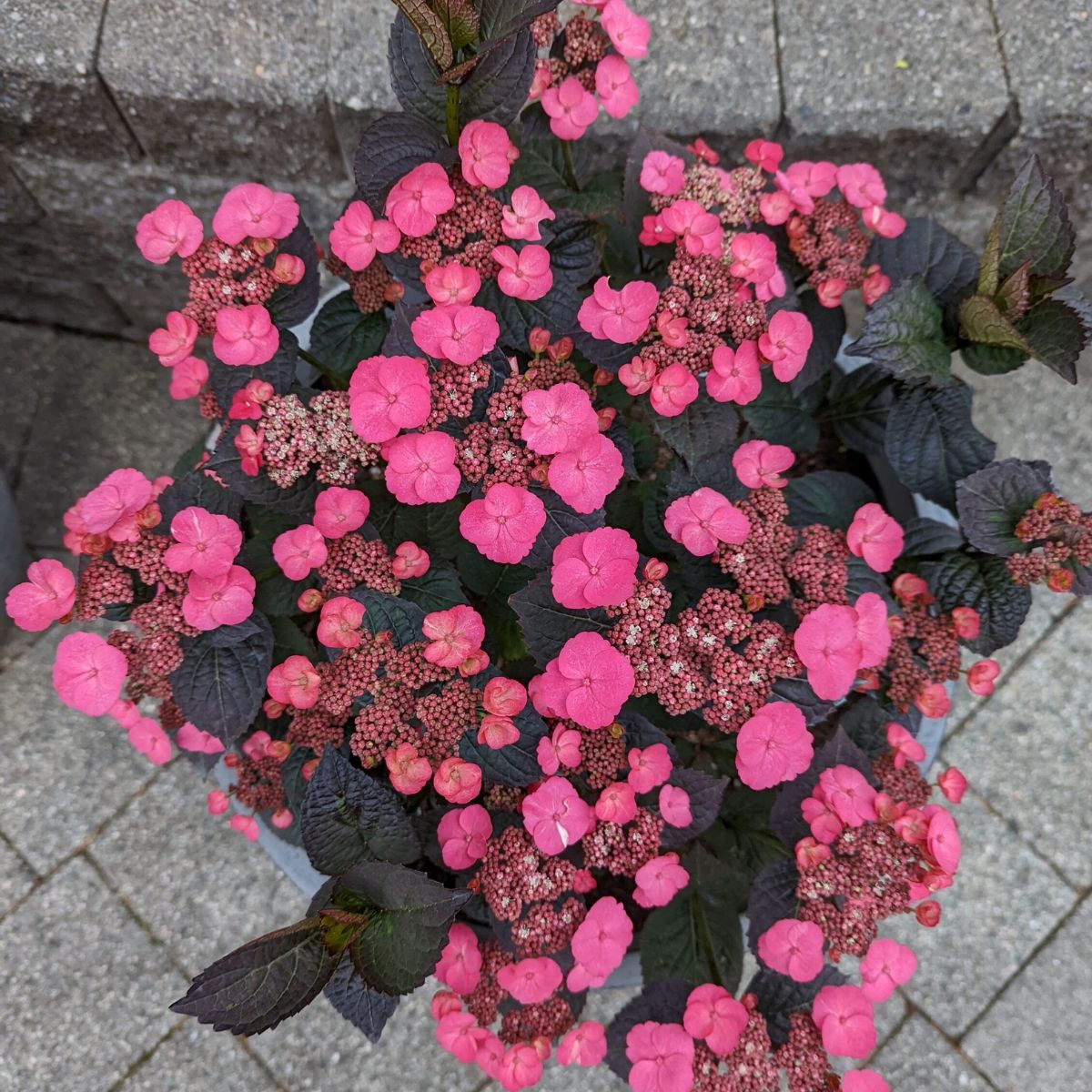

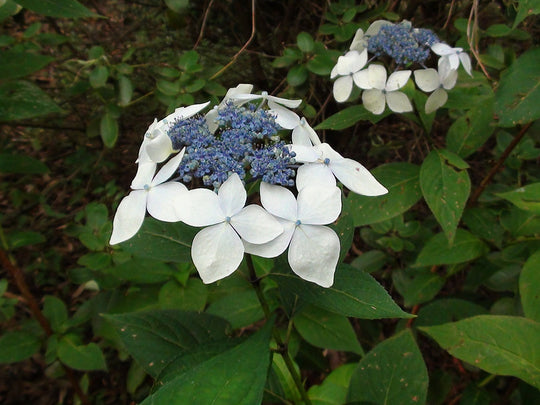



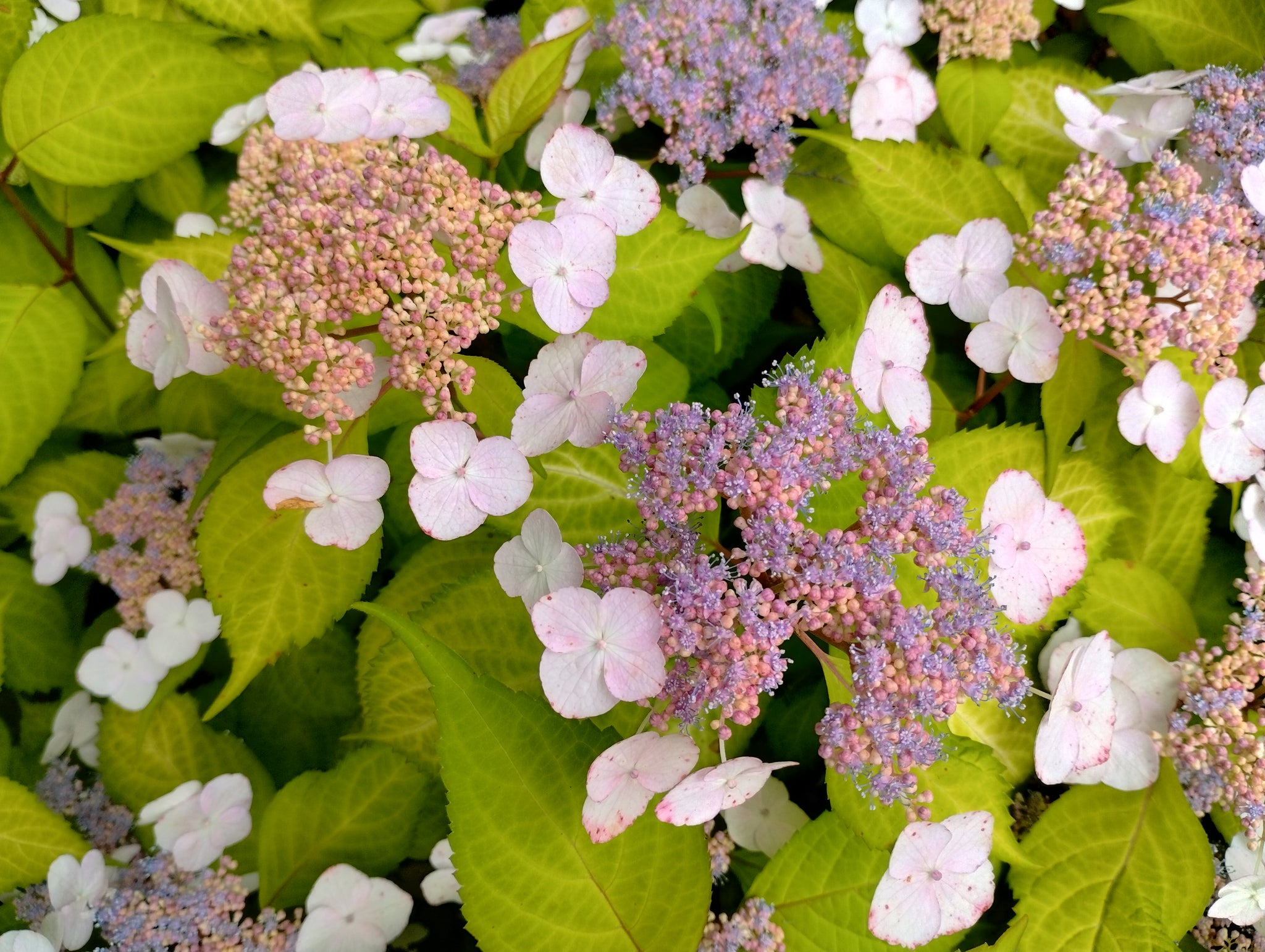
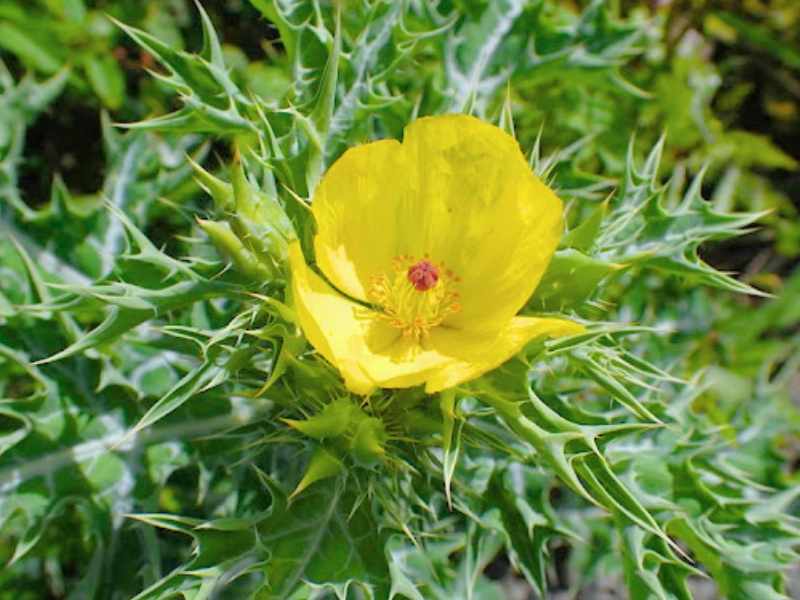
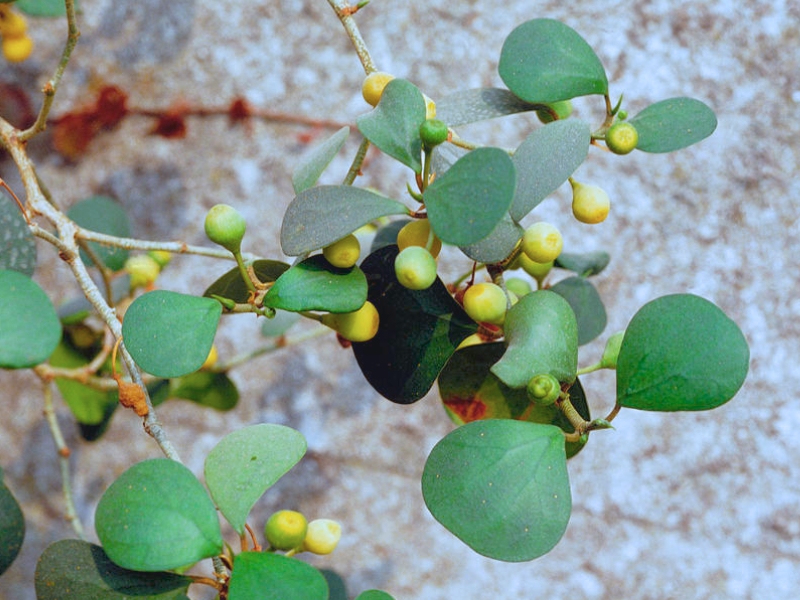
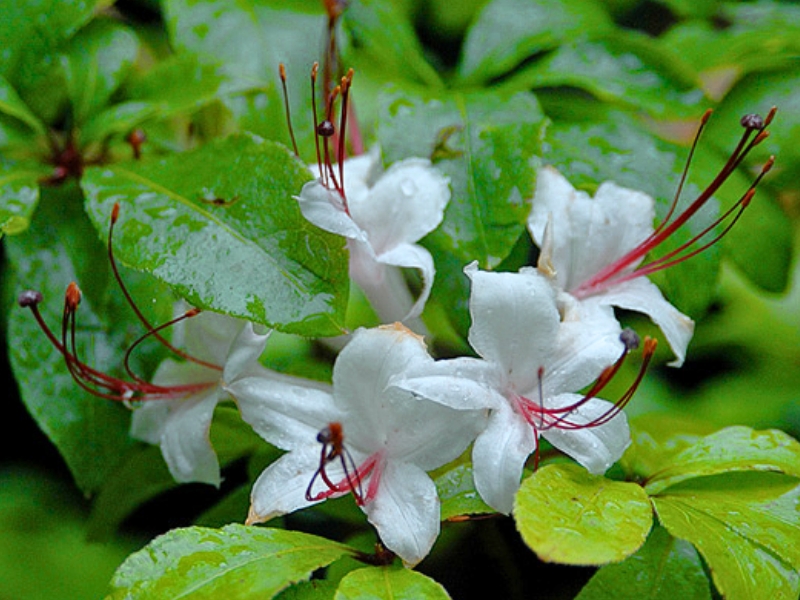
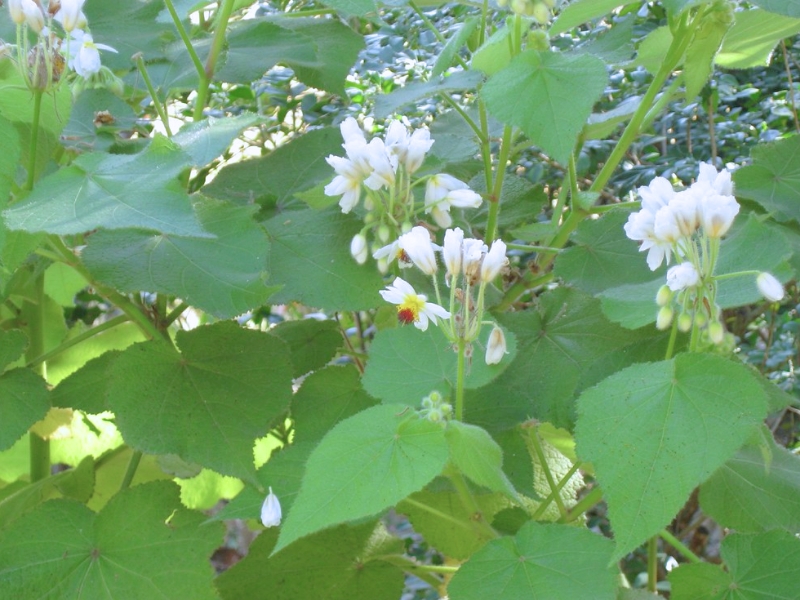
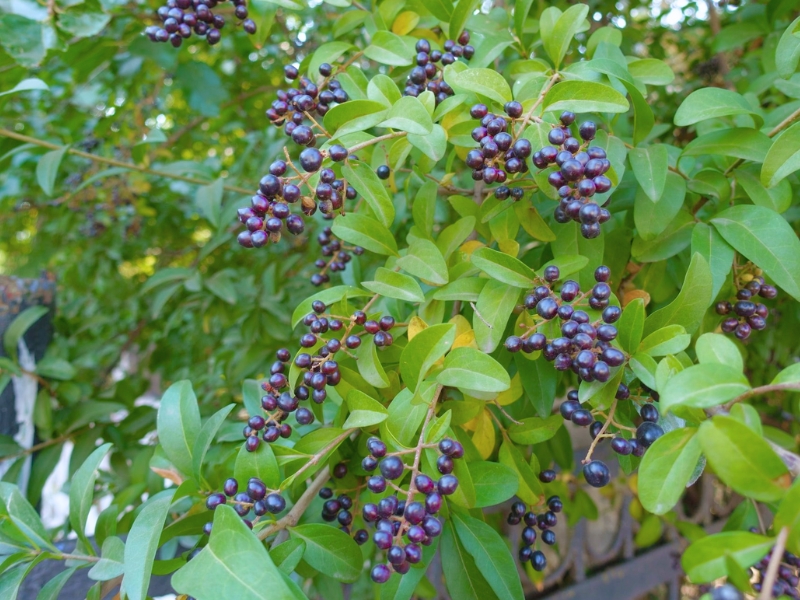
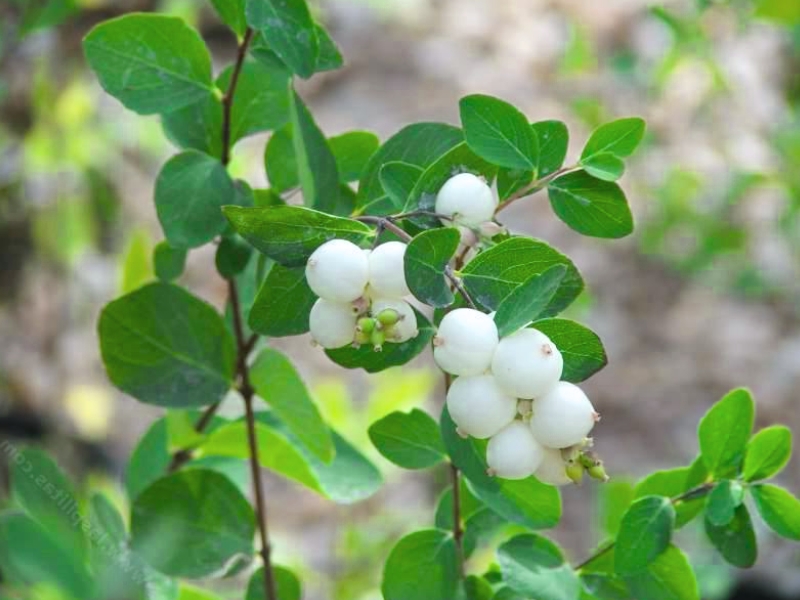
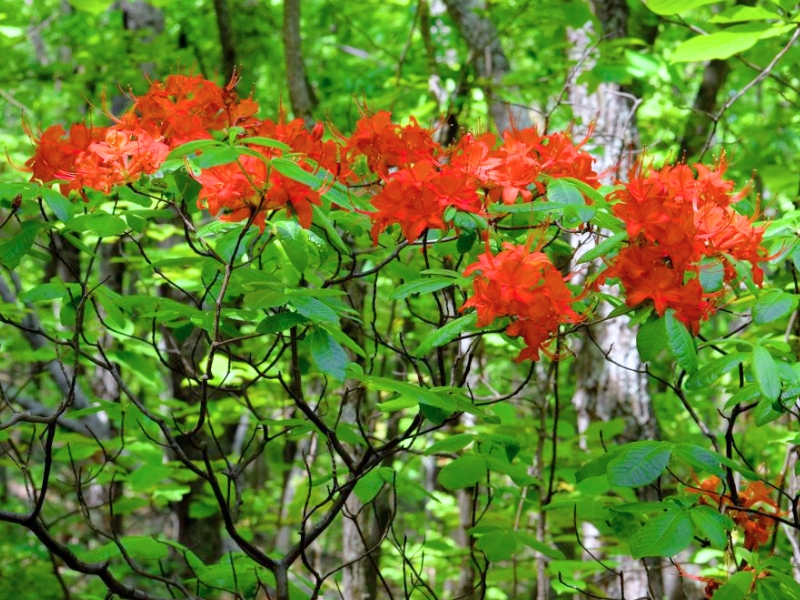
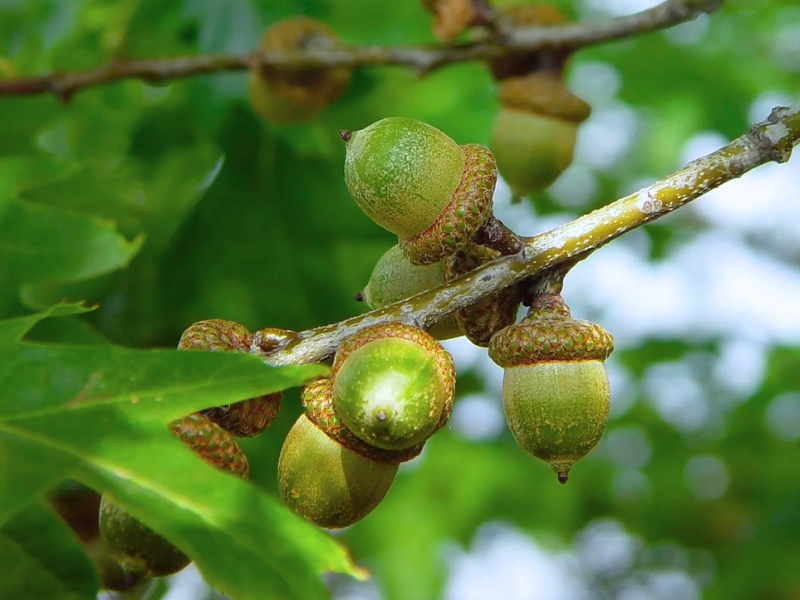
Leave a Reply